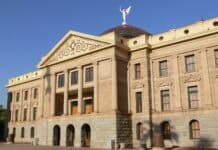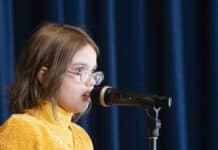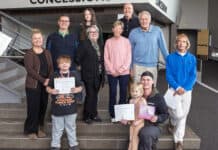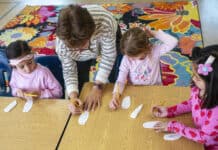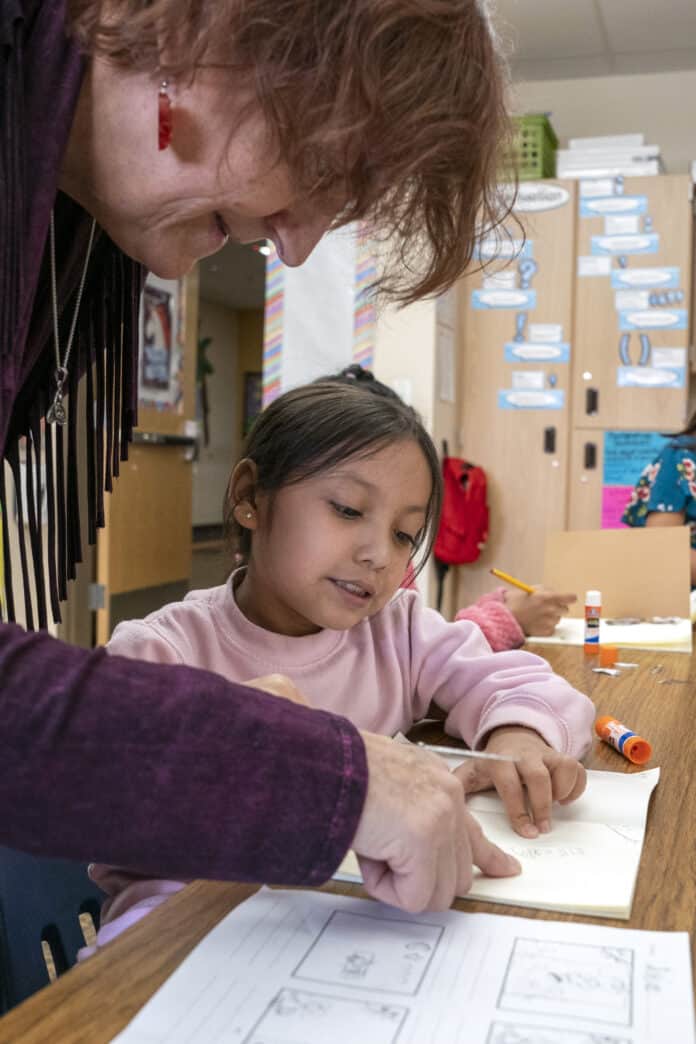
West Sedona School is coming to the end of its annual required Arizona English Language Learner Assessment testing, which allows the state to measure the proficiency of ELL students.
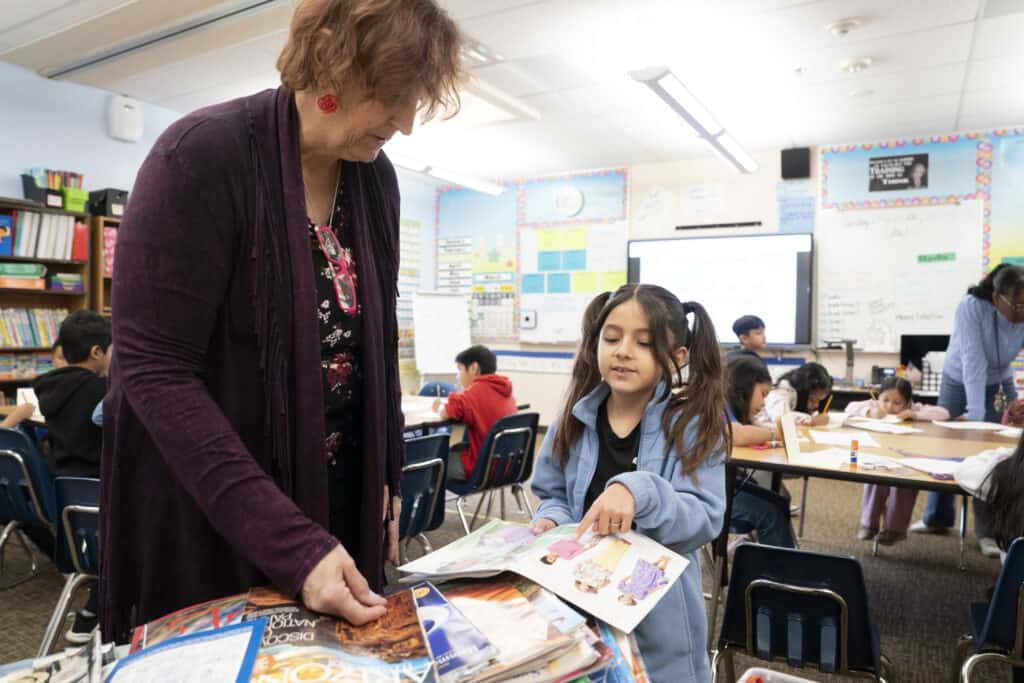
“Annually, anybody who hasn’t demonstrated that proficiency will then take the assessment,” WSS Principal Elizabeth Tavasci said. “We have had a new enrollment of some students who are coming to us from various other countries, and so our ELL population has increased over the last couple of months. We’re still servicing them through, they’re doing some [instructional] pull-outs with our ELL teacher Danielle Beinfest, and she does a great job of integrating them into groups and doing projects based on their needs.”
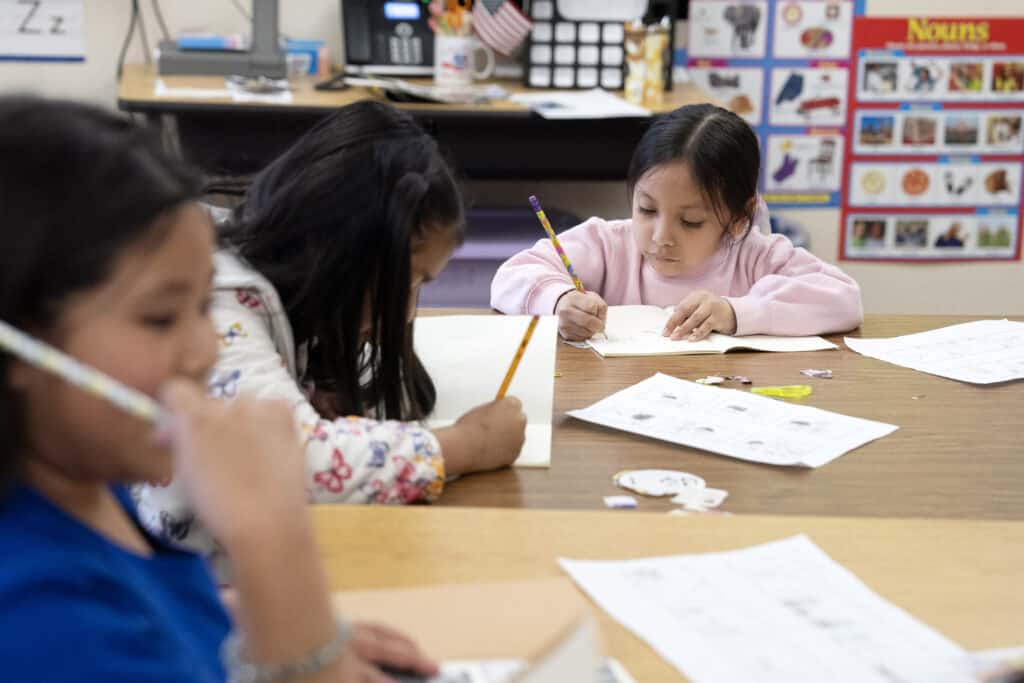
There are currently 78 ELL students at WSS. About 13.5% of the 748 students enrolled in the Sedona-Oak Creek School District are ELL students. Beinfest moved from teaching fifth grade to being the English language development teacher at the start of the school year in August.
“My day is broken down into grade-level blocks,” Beinfest said. “I start off with kindergarten in the morning, and I go through all the grade levels sequentially. And I see them for approximately an hour a day. We’re focused on any language-based skills, from speaking, reading, writing, listening, a lot of grammar focus … We have a large influx lately of kids who it’s their first time in our country, and so their language is pretty limited. So we are really focused on a lot of speaking right now and just getting them to use the language.”
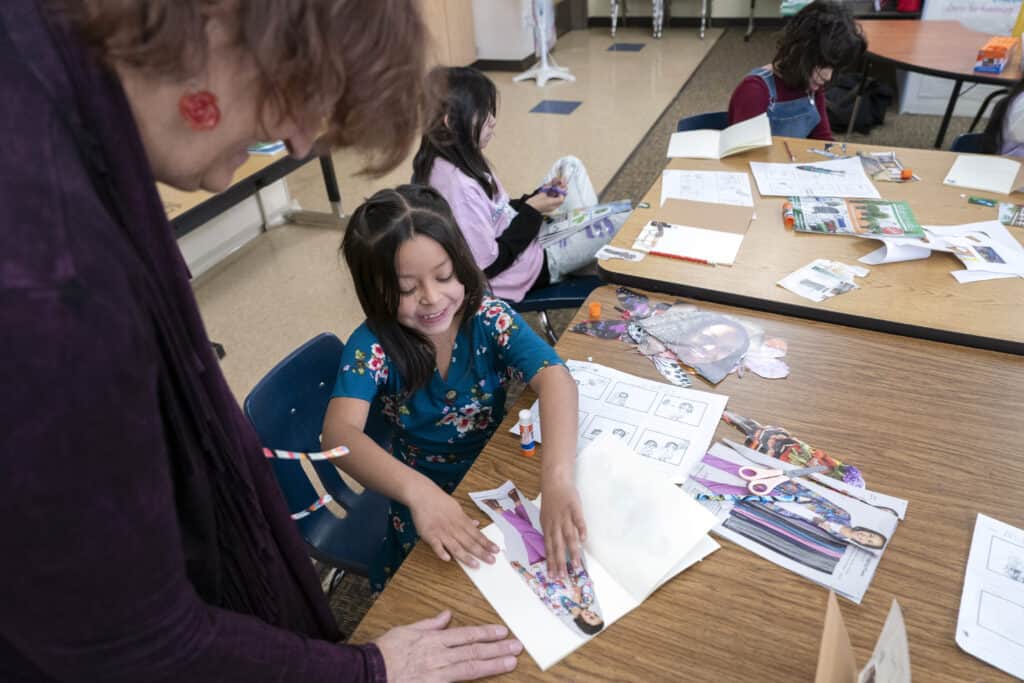
Beinfest has found the Artist in the Classroom program, which involves classroom demonstrations by local artists, helpful for engaging the interest of her students and getting them to communicate.
On Monday and Tuesday, March 25 and 26, Beinfest enlisted the help of Cindy Cole to teach storytelling through drawing and collage to fourth- and fifth-graders on the first day and second-graders on the following day.
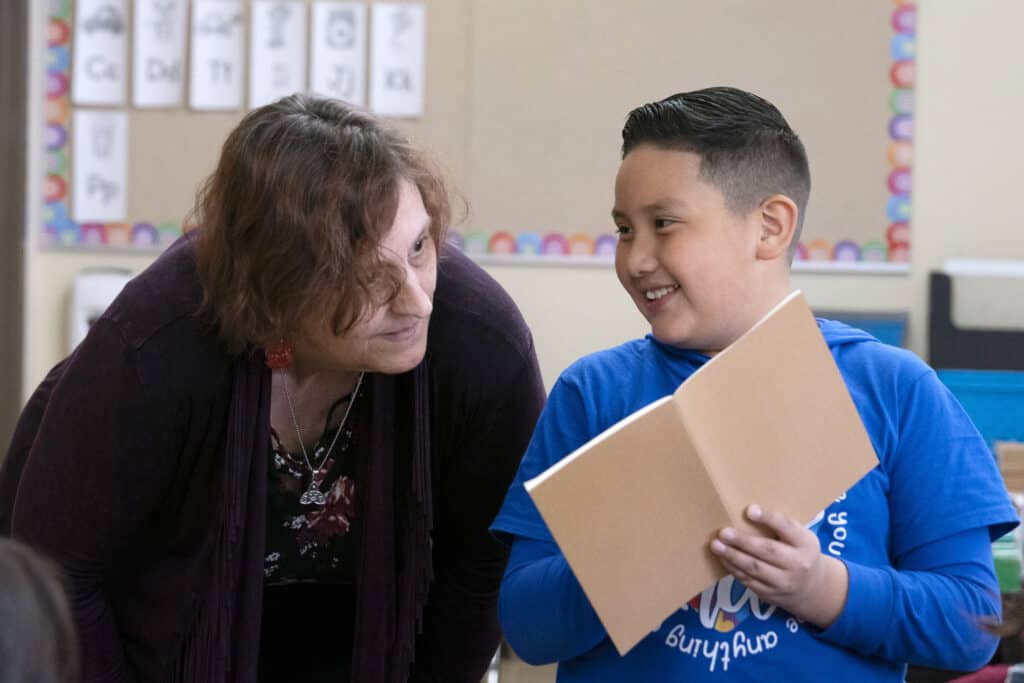
The goals of the project were to instruct students in the art of storytelling, employing not only words but also images to communicate ideas. Each student created a storybook, using their own drawings and images to narrate a tale.
“I thought that would be an interesting take for this group just to make the kids who have limited English understand that they can still tell stories, even if they don’t speak the language completely,” Beinfest said. “There’s another medium that they can use to get their point across.”
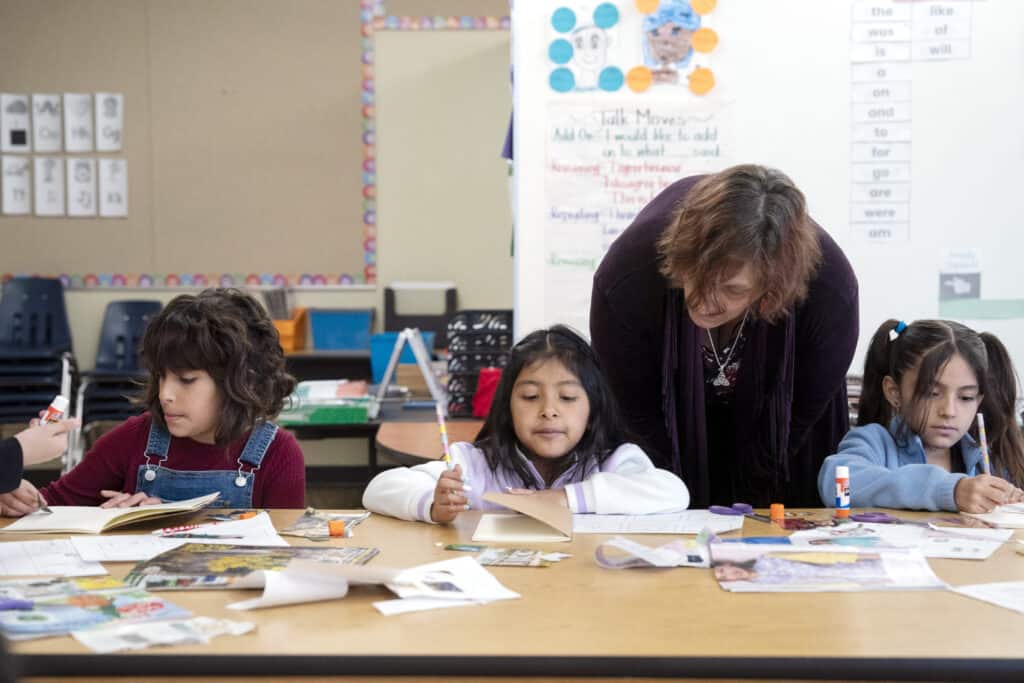
The lesson also provides additional opportunities for the students to be able to practice their English-language skills by sharing their crafted stories with their classmates upon completion. Sharing stories of their home lives or their love of animals was a common theme among the participants, Beinfest observed, although a love of soccer was also common to several of the fourth- and fifth-grade participants.
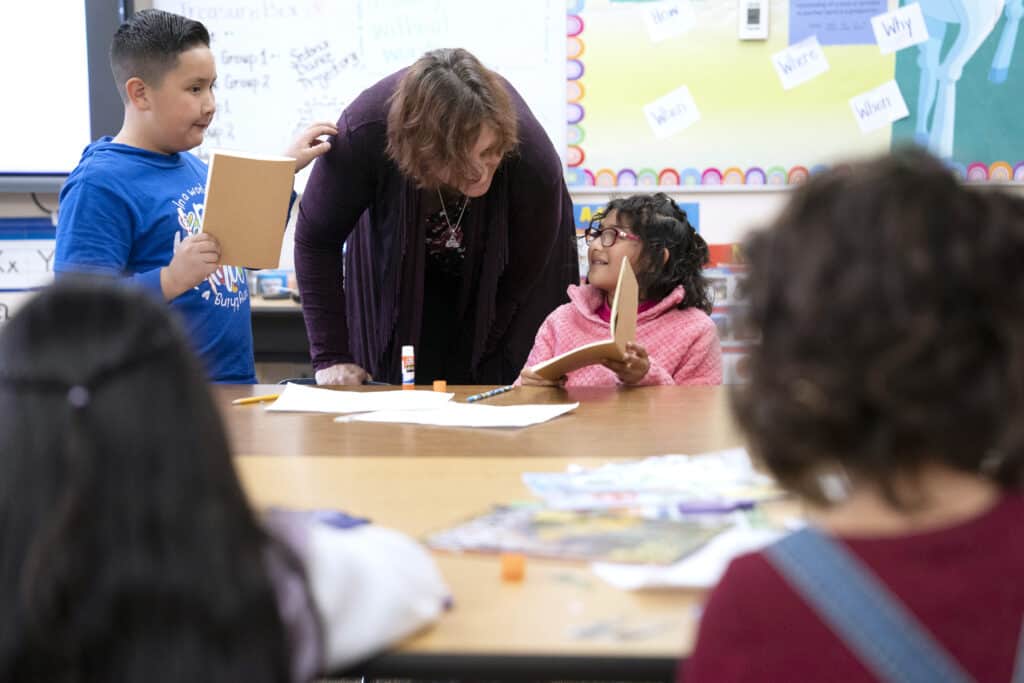
“Because my time is limited here, [the students] did some preparation work,” Cole said. “They’ve been working on storyboards and coming up with their story ideas. And then I gave them a bunch of magazines … so they’ve been flipping through magazines and drawing to come up with pictures that go with their story.”
Cole started the Monday lesson by addressing different mediums available for storytelling, offering American Indian rock art as an example of conveying ideas without using an alphabet, before moving on to picture books as an example of combining text and pictures to accomplish the same goal.
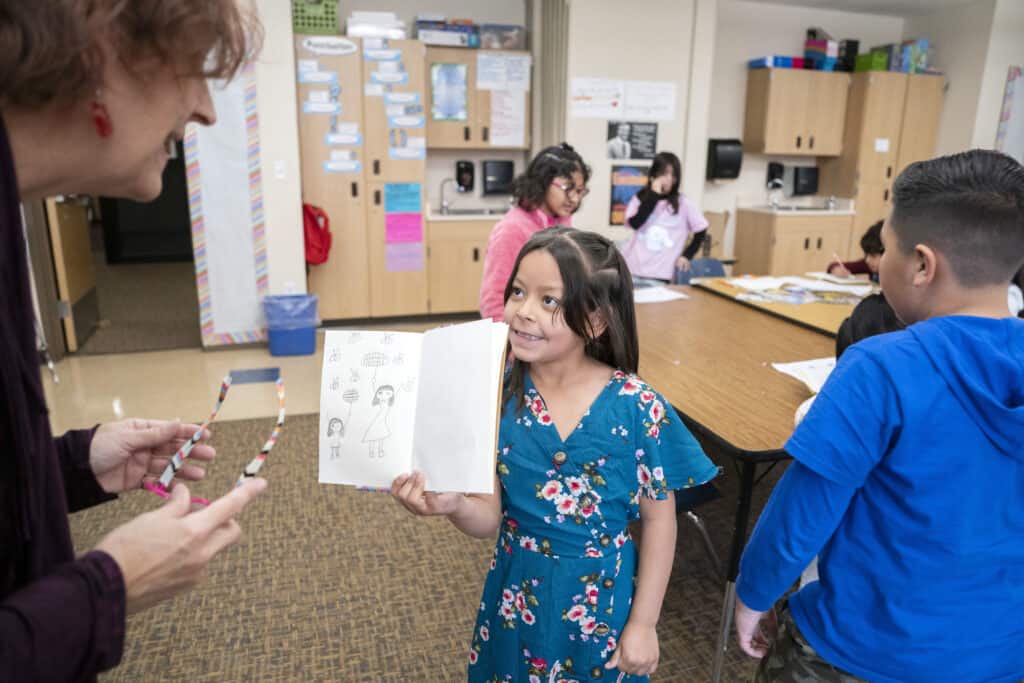
Cole watched as some of the children helped to translate the lesson for those not as fluent in English.
“It’s something I’ve observed before, because I’m also a [substitute teacher] with the high school,” Cole said. “One of the things that I like is how willing the kids are to help each other out. It’s something I love to see over and over again … One of the young girls had a story about a turtle, a mountain and a butterfly. The turtle was struggling to get up the mountain, and a butterfly came down and picked the turtle up and [carried] it up to the top of the mountain … I thought that that whole story was just really representative of a lot of what I observed.”


